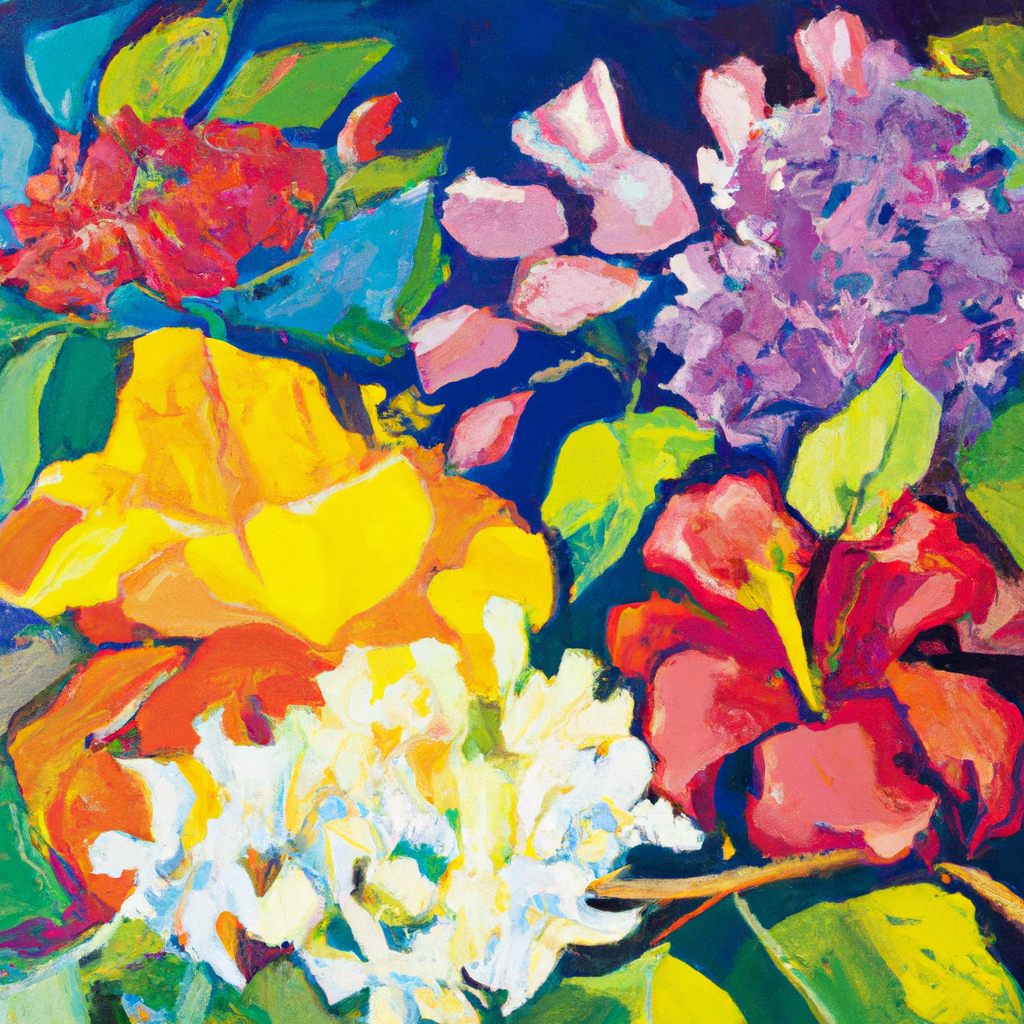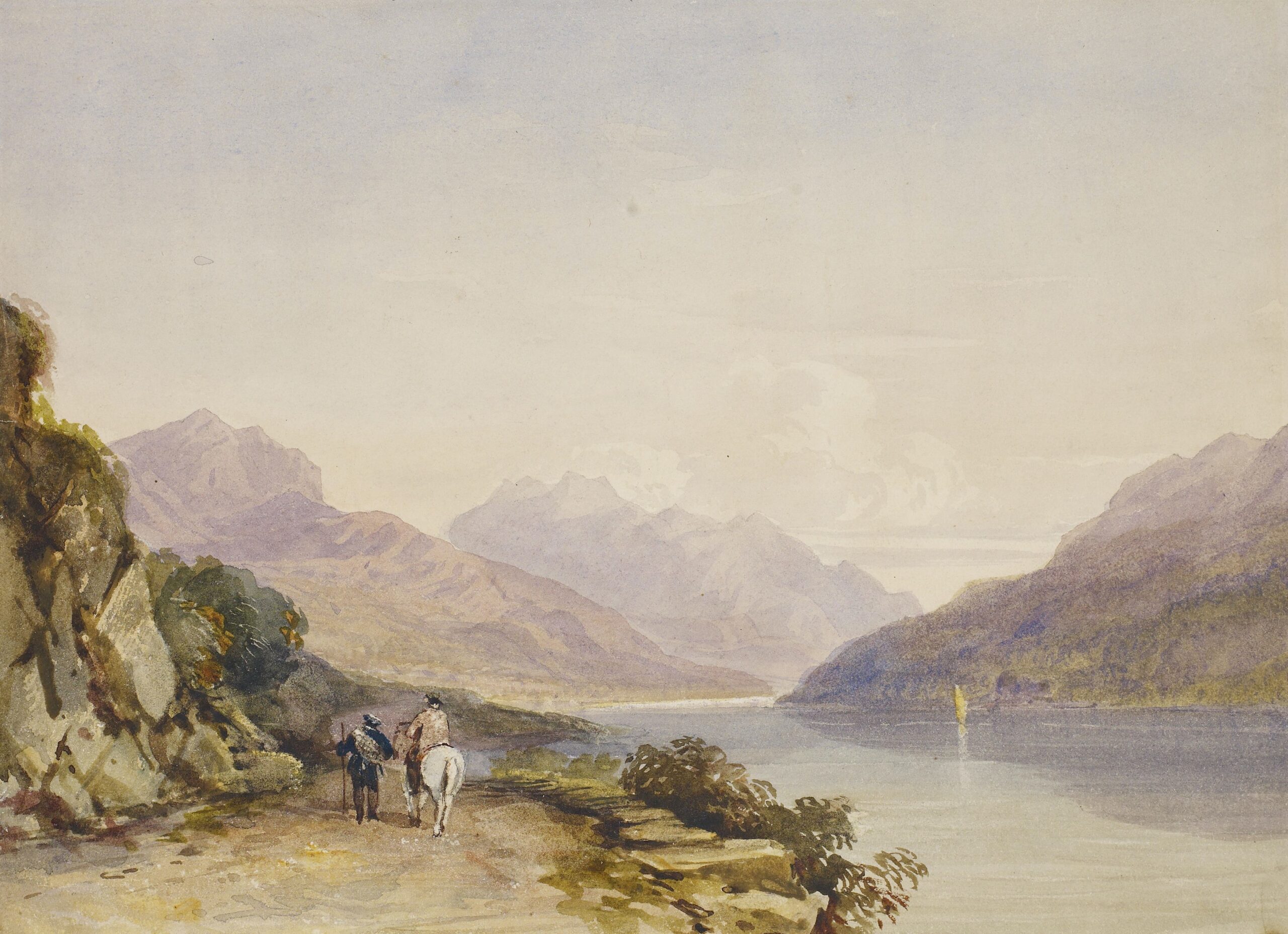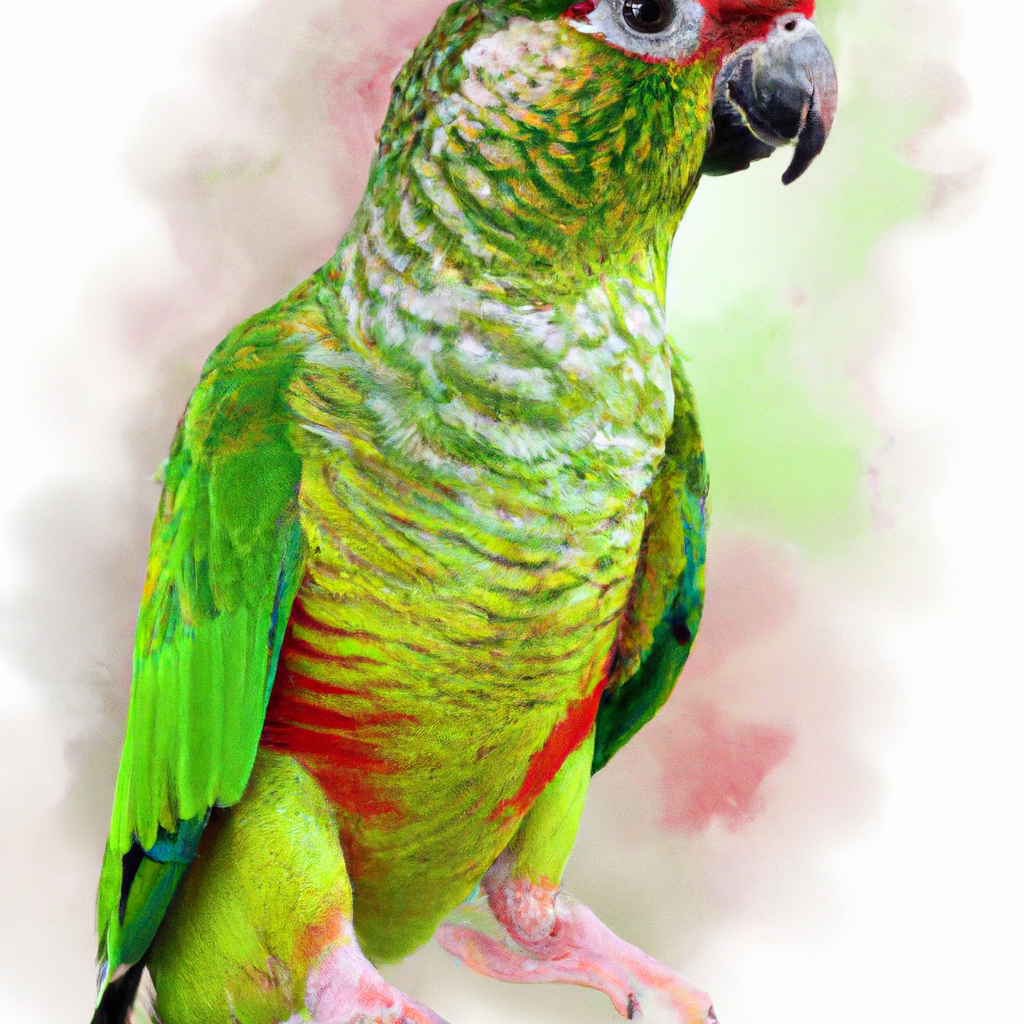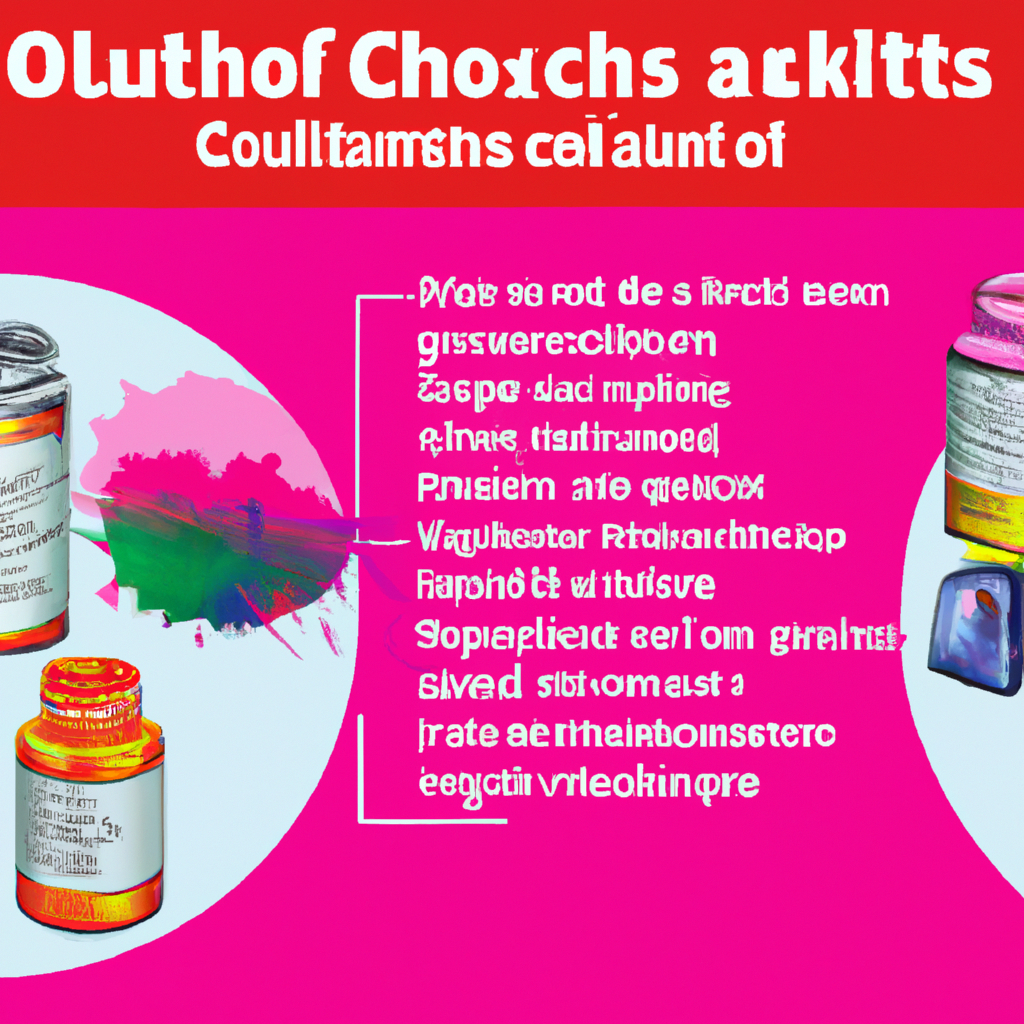Gouache painting is a delicate art form that requires proper care in order to preserve its vibrancy and longevity. In this article, you will discover valuable techniques and practices that will help you extend the lifespan of your gouache creations. From selecting the right materials to storing and framing your paintings, you will learn essential tips that will ensure your gouache artwork stands the test of time. So, whether you are a seasoned artist or a beginner exploring this captivating medium, read on to unlock the secrets of making your gouache painting last longer.

This image is property of images.unsplash.com.
Selecting the Right Gouache Supplies
When it comes to creating long-lasting and high-quality gouache paintings, the first step is to select the right supplies. This includes choosing quality gouache paints, opting for archival papers and surfaces, investing in good brushes, and using proper palettes and containers.
Choosing Quality Gouache Paints
The quality of the gouache paints you use plays a significant role in the longevity of your artwork. It is essential to choose high-quality gouache paints that have a high pigment concentration and good lightfastness. This means that the colors will not fade over time when exposed to light.
Look for gouache paints that are made from high-quality pigments and binders. They should have a smooth and creamy consistency, allowing for easy mixing and application. Avoid paints that are overly transparent or chalky, as they may not provide the desired coverage and vibrancy.
Opting for Archival Papers and Surfaces
To ensure the longevity of your gouache paintings, it is crucial to use archival papers and surfaces. Archival papers are acid-free and specifically designed to resist yellowing and deterioration over time. They have a higher cotton content, which makes them more durable and less prone to damage.
When selecting a surface for your gouache paintings, consider options such as watercolor paper or boards specifically formulated for gouache. These surfaces have the absorbency and texture necessary for the gouache to adhere properly and achieve the desired effects.
Investing in Good Brushes
Investing in good quality brushes is vital for achieving precise and controlled brushwork in your gouache paintings. Look for brushes that are specifically designed for gouache or watercolor painting, as they have the necessary bristle characteristics to hold and distribute the paint effectively.
Synthetic brushes are a popular choice for gouache painting due to their ability to hold a substantial amount of paint and retain their shape over time. It is recommended to have a variety of brush sizes and shapes to accommodate different techniques and details in your artwork.
Using Proper Palette and Containers
Using a proper palette and containers can greatly contribute to the longevity of your gouache paints. Airtight palettes or containers help prevent the paint from drying out too quickly and preserve the moisture and consistency of the gouache.
Consider using a palette with separate wells or compartments for each color to prevent cross-contamination and to keep the colors clean and vibrant. Additionally, using containers with lids for preserving unused mixes can further extend the usability of your gouache paints.
Priming the Surface
Before beginning your gouache painting, it is essential to properly prime the surface to ensure optimal adhesion and longevity of the artwork. This involves applying gesso or primer, allowing sufficient drying time, and optionally, sanding the surface.
Applying Gesso or Primer
Gesso or primer acts as a preparatory layer that creates a smooth and stable surface for the gouache paint to adhere to. It also helps prevent the paint from soaking into the paper or surface, allowing for better color vibrancy and preservation.
Apply a thin and even layer of gesso or primer onto the surface using a brush or a roller. Make sure to cover the entire area evenly, paying attention to any texture or imperfections that need to be smoothed out.
Allowing Sufficient Drying Time
After applying gesso or primer, it is crucial to allow sufficient drying time before starting the gouache painting. This ensures that the surface is fully dry and ready for the paint, preventing any smudging or lifting of the layers once the painting process begins.
Drying times may vary depending on the brand and type of gesso or primer used. It is recommended to follow the manufacturer’s instructions and allow at least 24 hours for the surface to dry completely.
Sanding the Surface (Optional)
If you prefer a smoother surface for your gouache painting, you can choose to sand the primed surface lightly. Using fine-grit sandpaper, gently sand the surface in a circular motion to remove any rough texture or imperfections.
However, it is important to note that sanding the surface is an optional step and may not be necessary for all painting styles or preferences. Some artists prefer the texture and tooth provided by the un-sanded primed surface.
Mixing and Storing Gouache
Properly mixing and storing gouache is essential for achieving consistent and long-lasting colors in your artwork. This includes properly mixing gouache colors, using an airtight palette or containers, and preserving unused mixes for future use.
Properly Mixing Gouache Colors
To achieve the desired colors in your gouache paintings, proper color mixing is crucial. Start with small amounts of paint and gradually mix them together until you reach the desired hue and saturation.
Avoid adding too much water to the gouache, as it can dilute the pigments and affect the opacity and vibrancy of the colors. Instead, focus on using small amounts of paint and layering them to achieve the desired effects.
Using an Airtight Palette or Containers
Gouache paints can dry quickly, especially when exposed to air for extended periods. To prevent premature drying and preserve the moisture and consistency of the paints, it is recommended to use an airtight palette or containers.
Airtight palettes or containers help create a seal, preventing the air from reaching the paints and drying them out. This allows you to work with the paints for longer periods without the need for frequent reapplication or remixing.
Preserving Unused Mixes
When working with gouache, it is common to mix larger quantities of specific colors for future use. To preserve these unused mixes, consider transferring them into small airtight containers or covering them with plastic wrap to keep them fresh.
Label the containers with the color names and the date of mixing to ensure you can easily identify and use them in future paintings. Properly stored unused mixes can save time and effort in remixing colors and contribute to consistent color harmony in your artwork.
Painting Techniques and Layering
Proper painting techniques and layering are crucial for achieving depth, dimension, and longevity in gouache paintings. This includes applying thin layers, allowing sufficient drying time between layers, avoiding overworking the paint, and using proper brush techniques.
Applying Thin Layers
When painting with gouache, it is recommended to apply thin layers of paint rather than thick, heavy applications. Thin layers allow for better control of the paint and ensure proper drying and adhesion of each layer.
Start with a light wash or underpainting to establish the basic shapes, values, and color relationships in your artwork. Then gradually build up the layers, working from light to dark, and paying attention to the details and texture you want to achieve.
Allowing Sufficient Drying Time between Layers
To avoid smudging or lifting of the previous layers, it is essential to allow sufficient drying time between each layer of gouache paint. This ensures that the layers are fully dry before applying subsequent layers, allowing for smooth and precise brushwork.
Drying times may vary depending on the thickness of the gouache application, humidity, and other environmental factors. It is recommended to wait at least a few minutes to an hour between layers, allowing the paint to dry to the touch.
Avoiding Overworking the Paint
Overworking the paint can lead to a muddy appearance and a loss of vibrancy in your gouache paintings. Avoid excessive blending or reworking of the paint, as it can result in a loss of distinct brushstrokes and texture.
Instead, strive for deliberate and controlled brushwork, allowing the layers to interact and create visual interest and depth. Work quickly and confidently, making decisive brushstrokes that contribute to the overall composition of the artwork.
Using Proper Brush Techniques
Using proper brush techniques is essential for achieving optimal results in your gouache paintings. Practice controlling the pressure and angle of the brush to create variations in line thickness and texture.
Experiment with different brush strokes and techniques, such as dry brushing, wet washes, stippling, or scumbling, to create different effects and textures in your artwork. Familiarize yourself with the capabilities and characteristics of different brush shapes and sizes to enhance your artistic expression.

This image is property of images.unsplash.com.
Protecting Gouache Paintings
To ensure the longevity and preservation of your gouache paintings, it is crucial to protect them from potential damage and deterioration. This includes using fixatives or varnishing, avoiding direct sunlight or extreme temperatures, and storing artwork properly.
Using Fixatives or Varnishing
Applying a fixative or varnish to your gouache paintings can help protect them from dust, dirt, and moisture. Fixatives create a protective barrier over the paint, preventing it from smudging or being easily damaged.
Before applying a fixative or varnish, make sure your gouache painting is completely dry to the touch. Follow the manufacturer’s instructions for applying the product, ensuring proper ventilation and protective measures to avoid inhalation or skin contact.
Avoiding Direct Sunlight or Extreme Temperatures
Exposure to direct sunlight and extreme temperatures can cause irreversible damage to your gouache paintings. UV rays from the sun can fade and discolor the colors over time, while extreme temperatures can warp or crack the paper or surface.
When displaying or storing your gouache paintings, avoid placing them in direct sunlight or near heat sources such as radiators or fireplaces. Instead, choose a location that offers consistent and moderate temperature and humidity levels to ensure the long-term preservation of your artwork.
Storing Artwork Properly
Proper storage is crucial for protecting your gouache paintings from physical damage, dust, and other potential hazards. Store your artwork vertically in a dry and clean area, away from high traffic or areas prone to accidental damage.
If possible, use acid-free archival sleeves or portfolios to protect individual artworks, ensuring they are adequately supported and protected from bending or creasing. Avoid storing artwork in basements, attics, or other areas with high humidity or temperature fluctuations.
Maintaining your Artistic Workspace
Maintaining a clean and organized artistic workspace is essential for the longevity of your gouache paintings. This includes keeping your painting area clean, using clean water and brushes, and avoiding contact with contaminants.
Keeping Your Painting Area Clean
A clean and clutter-free painting area promotes focus, productivity, and reduces the risk of accidentally damaging your artwork. Regularly clean your painting area, removing dust, dirt, and other debris that can stick to the paint or surface.
Use a soft cloth or an artist’s brush to gently remove any loose particles from your work area, palette, and brushes before starting a new painting session. This helps ensure that no unwanted elements come into contact with your gouache paintings and affect their quality.
Using Clean Water and Brushes
Using clean water and brushes is essential for maintaining the integrity of the colors and preventing contamination in your gouache paintings. Rinse your brushes thoroughly between color changes to avoid muddying the pigments or mixing unwanted colors.
It is recommended to have multiple containers of clean water available while painting to ensure easy access for rinsing brushes. Avoid reusing dirty water or mixing paints directly in the water container, as this can lead to unintended color changes and contamination.
Avoiding Contact with Contaminants
Gouache paintings are vulnerable to damage from various contaminants, such as dust, dirt, oils, and food particles. Avoid eating or drinking near your artwork to prevent accidental spills or splatters onto the painting surface.
Additionally, it is important to protect your artwork from unnecessary handling or contact with bare hands. Oils and residues from the skin can transfer onto the paint, causing discoloration or deterioration over time. Wear clean gloves when handling your artwork to prevent any potential damage.
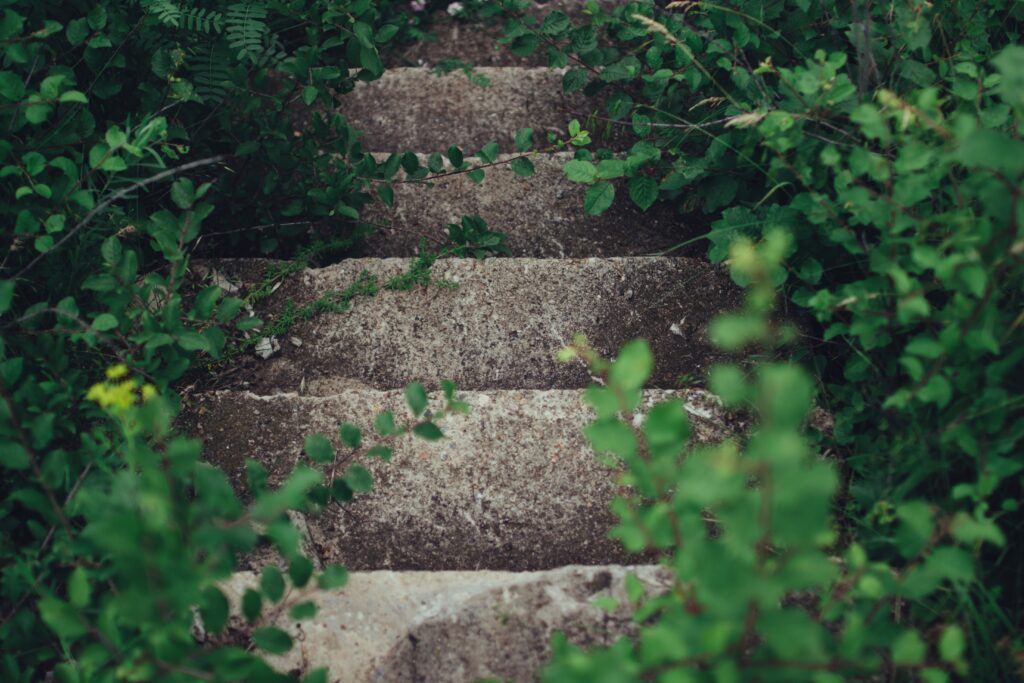
This image is property of images.unsplash.com.
Handling and Framing Gouache Artwork
Proper handling and framing of your gouache artwork are essential for protecting it during transport and displaying it in a professional and long-lasting manner. This includes using proper handling techniques, protecting artwork during transport, choosing acid-free mounting and matting, and selecting UV-protected glass or framing.
Using Proper Handling Techniques
When handling your gouache artwork, it is crucial to use proper techniques to avoid bending, creasing, or smudging the paint. Hold the artwork by the edges or use clean gloves to prevent direct contact with the surface.
Avoid placing any pressure on the painted areas, as this can cause irreversible damage. When moving or storing the artwork, use acid-free protective sleeves or portfolios to ensure it remains flat and protected from accidental damage.
Protecting Artwork During Transport
During transport, your gouache artwork can be subjected to vibrations, temperature changes, and potential physical damage. It is important to protect your artwork using acid-free protective sleeves or portfolios and ensuring it is securely packed in rigid, sturdy packaging.
Use appropriate padding materials, such as bubble wrap or foam, to ensure the artwork remains stable and protected within the packaging. Label the package as fragile and consider insuring the artwork during transit to provide financial protection in case of any unforeseen damage.
Choosing Acid-Free Mounting and Matting
When framing your gouache artwork, it is essential to use acid-free mounting and matting materials. Acid-free materials are designed to be pH neutral, preventing the artwork from being compromised by the acidic properties of regular paper or matting.
Acid-free mounting boards and matting help protect the artwork from yellowing or discoloration over time. They also create a visual barrier between the artwork and the frame, preventing any potential contact or damage from occurring.
Selecting UV-Protected Glass or Framing
Exposure to direct sunlight or UV rays can cause fading and discoloration in your gouache artwork over time. To protect against this, choose UV-protected glass or framing options that block a significant portion of the harmful UV radiation.
UV-protected glass or acrylic glazing helps reduce the risk of color fading and ensures that your gouache paintings retain their vibrancy and integrity for years to come. Consult with a professional framer to determine the best framing options for your specific artwork.
Avoiding Common Mistakes
When working with gouache, it is important to avoid common mistakes that can compromise the longevity and quality of your artwork. This includes not diluting gouache with too much water, using excessive pressure on brushes, and skipping proper drying time.
Not Diluting Gouache with Too Much Water
Gouache paints are water-soluble, but it is essential to avoid diluting them with excessive amounts of water. Adding too much water to the paint can result in weak and transparent colors, affecting the coverage and vibrancy of your artwork.
Instead, start with a small amount of water and gradually add it to the paint until you achieve the desired consistency. Avoid diluting the paint to the point where it becomes overly runny or loses its opacity.
Using Excessive Pressure on Brushes
When applying gouache, it is important to use gentle and controlled brush strokes. Excessive pressure on the brushes can lead to the paint being pushed into the paper or surface, potentially causing streaks or undesired texture.
Allow the paint to glide smoothly on the surface using minimal pressure, ensuring that the brush bristles are not pressed too hard against the paper. Practice using a light touch and experimenting with different brush techniques to achieve the desired effects without damaging the artwork.
Skipping Proper Drying Time
Proper drying time is crucial to ensure the adhesion and longevity of your gouache artwork. Skipping the drying time between layers or applying new layers on partially dried paint can result in smudging, lifting, or mixing of colors.
Resist the temptation to rush the drying process by using excessive heat or fans, as this can lead to uneven drying and potential damage to the paint. Allow each layer to dry completely before applying subsequent layers, ensuring that the paint is no longer tacky to the touch.

Caring for Gouache Brushes
Proper care and maintenance of your gouache brushes are essential for their longevity and optimal performance. This includes rinsing brushes properly, cleaning brushes after use, and reshaping and storing them correctly.
Rinsing Brushes Properly
After each painting session or color change, it is crucial to rinse your gouache brushes properly. Rinse the brushes thoroughly under clean running water, gently massaging the bristles to remove any residual paint.
Avoid using hot water or harsh chemicals when rinsing your brushes, as they can damage the bristles or affect the integrity of the paint. Rinse until the water runs clear, ensuring that all paint particles are removed.
Cleaning Brushes after Use
Regularly cleaning your gouache brushes is essential for preventing the buildup of dried paint and maintaining their quality. Use a mild soap or brush cleaner specifically designed for watercolor or gouache brushes to remove any residual paint or stains.
Gently lather the soap or cleaner onto the bristles, working it in with your fingers or a brush cleaning mat. Rinse thoroughly under clean water to remove any soap residue, reshaping the bristles if necessary.
Reshaping and Storing Brushes
After cleaning, reshape the bristles of your gouache brushes to their original form. Use your fingers or a soft cloth to shape the bristles gently, ensuring that they are smooth, straight, and not tangled.
Avoid storing your brushes with the bristles facing upwards, as this can cause them to bend or lose their shape. Instead, lay them flat or hang them with the bristles facing downwards to allow for proper air circulation and prevent any potential damage.
Preserving the Colors
Preserving the colors of your gouache paintings is essential for maintaining their vibrancy and visual impact. This includes using proper lighting for display, avoiding exposure to smoke or chemicals, and keeping the artwork away from humidity or moisture.
Using Proper Lighting for Display
When displaying your gouache paintings, it is crucial to use proper lighting to enhance their colors and minimize the risk of fading or discoloration. Avoid direct sunlight or harsh, bright lights that can cause color distortion or fading over time.
Instead, use natural, diffused lighting or adjustable LED lights to illuminate your artwork. Position the lights at an angle that highlights the paint’s texture and colors without casting harsh shadows or causing glare.
Avoiding Exposure to Smoke or Chemicals
Exposure to smoke, chemicals, and pollutants can negatively affect the colors and longevity of your gouache paintings. Avoid displaying your artwork in areas prone to smoke, such as near fireplaces or in smoking areas.
Additionally, refrain from using or storing your gouache paintings in proximity to chemicals, solvents, or cleaning products. These substances can emit fumes or gases that may interact with the paint and cause discoloration or degradation.
Keeping Artwork Away from Humidity or Moisture
Gouache paintings are susceptible to humidity and moisture, which can cause the paint to warp, mold, or deteriorate. Avoid displaying or storing your artwork in areas with high humidity, such as basements or bathrooms.
Choose a location with moderate humidity levels, ideally between 40% to 50%. If necessary, use a dehumidifier or humidity control devices to maintain a consistent humidity level in your display or storage area.
By following these guidelines and taking proper care of your gouache paintings, you can ensure their longevity and preserve their colors for many years to come. Take the time to select quality supplies, use proper techniques, and avoid common mistakes to create artwork that will stand the test of time. With proper preservation and maintenance, your gouache paintings can continue to inspire and captivate viewers for generations.

